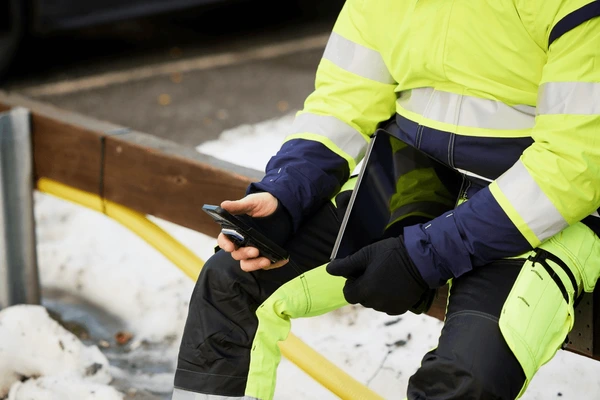
I’ve walked factory floors in southern China in July where the air felt like soup, and I’ve been on docks in Newfoundland where the wind cut through four layers of clothing. In both cases, I saw the same problem—PPE that met “paper compliance” but failed workers in real conditions.
By 2025, sourcing PPE for extreme climates isn’t a side consideration—it’s a core procurement skill. The wrong choice can mean heatstroke on a desert construction site, frostbite on a winter oil rig, or constant vision fog in a tropical shipyard. The right choice, on the other hand, not only keeps workers safe but can also cut downtime, reduce replacement costs, and win long-term contracts in harsh-environment industries.
In this guide, I’ll break down what makes climate-specific PPE different, share real buyer stories from around the world, and show you the specs and strategies that separate survival-grade gear from the rest.
Extreme-climate PPE requires specialized designs: hot-climate gear focuses on ventilation, moisture-wicking, and UV protection; cold-climate PPE prioritizes insulation, waterproofing, and windproofing; high-humidity gear uses anti-fog coatings, mold-resistant materials, and quick-dry fabrics. Standards like EN 343, EN 14058, EN 342, and ASTM F2732 help verify performance.
Why Extreme Climates Demand Specialized PPE
1. Heat Stress Risk
High temperatures aren’t just uncomfortable—they can be deadly.
- Example: Infrastructure workers in Saudi Arabia now wear cooling vests with phase-change materials (PCM) that maintain a core temperature of ~28°C for up to four hours.
- Data Point: WHO estimates heat stress causes productivity losses of up to 20% in outdoor work above 35°C.
- Buyer Impact: Well-designed hot-climate PPE can literally pay for itself in reduced sick leave.
2. Cold Stress Risk
Extreme cold can make even basic tasks dangerous.
- Example: Offshore drilling crews in the Barents Sea wear EN 342-rated multi-layer suits with windproof membranes, allowing work in -30°C with high wind.
- Data Point: US NIOSH research shows proper insulation can extend safe outdoor working time by up to 40% in sub-zero temperatures.
- Buyer Impact: Cold-weather PPE is as much about maintaining productivity as preventing frostbite.
3. High-Humidity Challenges
Humidity turns PPE into a different kind of hazard—fogged lenses, damp fabrics, mold growth.
- Example: Malaysian shipyard welders switched to EN 166-certified anti-fog goggles with hydrophilic coating, reducing vision-related incidents by 25%.
- Data Point: Tropical climates accelerate mold growth on textiles, shortening PPE lifespan by 30% without antimicrobial treatments.
- Buyer Impact: In humid zones, durability is as much about microbial resistance as mechanical strength.
4. Equipment Durability in Harsh Environments
Heat, cold, and moisture all break down materials faster.
- Example: Mining PPE in Peru’s high-altitude zones uses corrosion-resistant zippers, seam taping, and UV-stable coatings to survive both intense sun and sudden rain.
- Buyer Impact: Climate-adapted PPE can double replacement cycles compared to generic gear.
Real-World Buyer Cases
Case #1 – Middle East Infrastructure Project
The buyer replaced standard polyester vests with mesh-based, UV-protective fabrics. Workers reported feeling cooler, and heat-related absenteeism dropped 18% in one summer season.Case #2 – Canadian Fisheries Supplier
Introduced triple-layer waterproof-breathable jackets with reinforced elbows and knees. Crews reported fewer tears and the jackets lasted two extra seasons compared to old gear.Case #3 – Southeast Asian Port Operator
Added anti-fog, antimicrobial-coated goggles to yard operations. Replacement rates dropped 25% annually, and workers stopped using “DIY fixes” like dish soap on lenses.Case #4 – Russian Pipeline Contractor
Sourced insulated gloves with silicone-grip palms and moisture barriers for -40°C fieldwork. Reduced frostbite cases to zero after one season.
Global Climate Zone PPE Comparison – 2025
| Climate Type | Key Risks | PPE Focus Areas | Relevant Standards |
|---|---|---|---|
| Hot/Dry | Heatstroke, UV damage, dehydration | Ventilation, UV protection, cooling technology | EN 13758 (UV), ASTM F2371 (heat) |
| Cold/Arctic | Hypothermia, frostbite, reduced dexterity | Insulation, windproofing, waterproofing | EN 342 (cold), ASTM F2732 (thermal) |
| High-Humidity | Fogging, mold growth, skin irritation | Anti-fog coatings, quick-dry, antimicrobial | EN 166 (anti-fog), ISO 20743 (anti-microbial) |
| Mixed/Variable | Rapid temperature swings, precipitation | Layering systems, adaptable PPE designs | EN 343 (waterproof), EN 14058 (cold) |
Material & Technology Selection
- Hot Climates → Mesh polyester, moisture-wicking blends, phase-change cooling packs.
- Cold Climates → PU-coated outer layers, down or high-loft synthetic insulation, seam-sealed waterproof membranes.
- High-Humidity → Hydrophilic anti-fog lenses, antimicrobial fabric treatments, corrosion-resistant hardware.
- Variable → Modular layering systems, removable insulation liners, convertible ventilation panels.
✅ Pro Tip: In all climates, avoid untreated cotton for outer layers—it absorbs moisture, holds contaminants, and dries slowly.
Cost & Lifespan Analysis – Climate-Specific PPE
Example: Switching from generic jackets to cold-climate EN 342-rated models
| Metric | Generic PPE | Climate-Specific PPE | Change | Impact |
|---|---|---|---|---|
| Unit Cost | $55 | $78 | +42% | Higher upfront investment |
| Average Lifespan | 1.5 years | 3 years | +100% | Fewer replacements over time |
| Incident Reduction | – | 35% fewer cold-related injuries | – | Reduced insurance and downtime costs |
| Total 5-Year Cost (500 units) | $137,500 | $130,000 | -5.5% | Climate-specific PPE proves more cost-effective long-term |
Sourcing Strategy for Extreme Climates
- Climate Data First – Use actual local temperature/humidity/wind data to spec gear.
- Dual-Supplier Model – Have one supplier near the target climate for prototyping and another in a mass-production hub.
- Field Testing – Run pilot trials with frontline workers before signing large contracts.
- Stock Buffer – Extreme-climate gear is often custom; maintain buffer stock for emergencies.
Risks & Opportunities
| Risk | Mitigation | Opportunity |
|---|---|---|
| Higher Upfront Costs | Highlight long-term ROI in budget approvals | Differentiate in tenders with proven climate results |
| Limited Supplier Expertise | Partner with niche manufacturers | Build exclusive supplier relationships |
| Material Shortages | Contract for early raw material allocation | Secure production priority during peak demand |
| Unverified Performance Claims | Require independent lab testing | Use certified data in marketing & tender documents |
Common Procurement Mistakes
- Buying "All-Season" Gear for Extreme Climates – Often fails in both extremes.
- Skipping Field Trials – Lab performance ≠ real-world durability.
- Ignoring Accessory PPE – Gloves, goggles, and boots need climate adaptation too.
- Relying Solely on FOB Price – Shorter lifespan and higher injury risk erase savings.
Cost-Benefit Snapshot
| Benefit | Annual Gain | Example |
|---|---|---|
| Reduced Climate-Related Incidents | $20,000–$50,000 | Heatstroke, frostbite prevention |
| Extended Product Lifespan | $15,000–$30,000 | Fewer replacements |
| Productivity Retention in Harsh Weather | Indirect but significant | More uptime on extreme days |
| Tender Advantage | +5–10% win rate | Climate-compliance scoring |
Extended Buyer FAQ
Q1: Can I use the same PPE for hot and humid climates?
A: Yes, if you select breathable fabrics with anti-fog and antimicrobial properties.
Q2: Is cold-climate PPE suitable for wet environments?
A: Only if rated for both insulation and waterproofing—look for EN 342 + EN 343 compliance.
Q3: How do I verify anti-fog performance?
A: Request EN 166 or equivalent test reports from independent labs.
Q4: What’s the lead time for custom climate PPE?
A: Typically 45–90 days depending on complexity and supplier location.
Procurement Checklist
- [ ] Map climate risks at each job site
- [ ] Align specs with relevant climate-specific standards
- [ ] Vet suppliers with proven extreme-climate track records
- [ ] Request independent lab testing for critical features
- [ ] Run field trials with actual end-users
- [ ] Calculate ROI based on lifespan and incident reduction
Conclusion
Extreme-climate PPE sourcing is part science, part local knowledge, and part smart supplier management. Buyers who match gear to real-world climate data—and verify performance—can protect workers, reduce downtime, and win contracts others can’t fulfill. In harsh environments, “good enough” PPE isn’t good enough.
📩 Need extreme-climate PPE sourcing strategies?
Email: [email protected]
🌐 www.workwearsolutions.net
Zion Zhang
Recent Posts
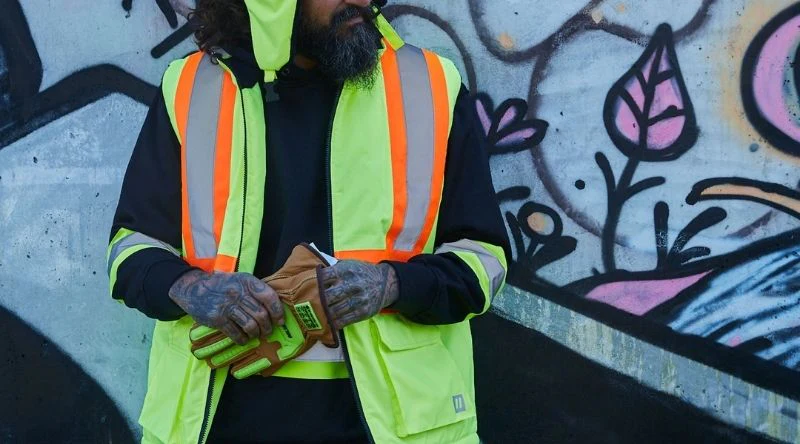 2025 African Construction PPE Market: Fast-Moving Products & Buyer Tips2025年8月12日When I visited a construction supply market in Nairobi last […]
2025 African Construction PPE Market: Fast-Moving Products & Buyer Tips2025年8月12日When I visited a construction supply market in Nairobi last […]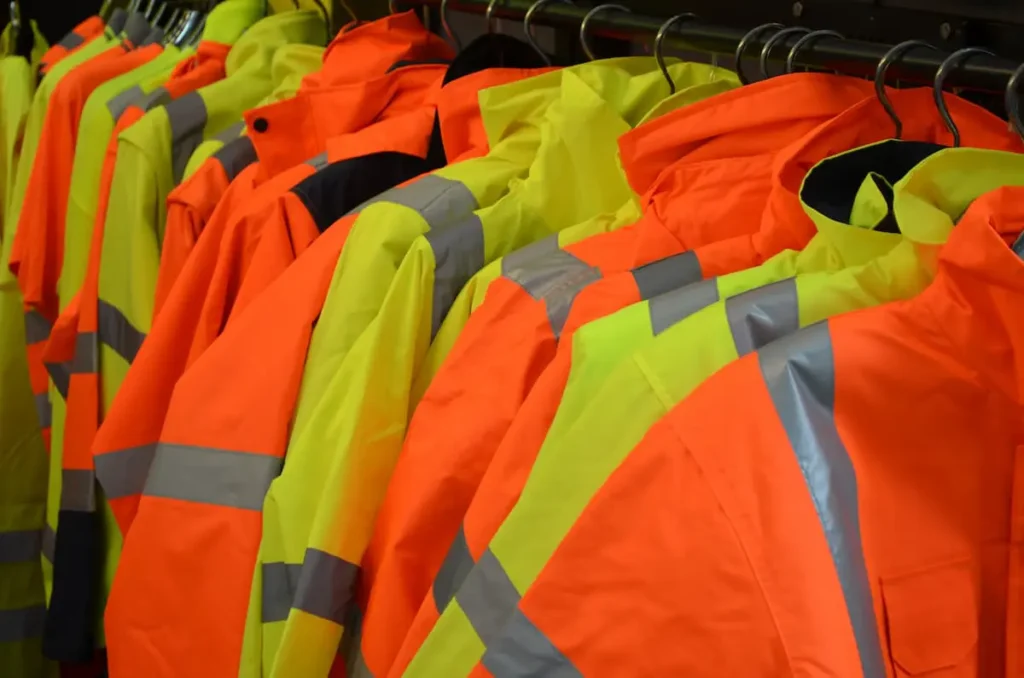 2025 Middle East Oil & Gas PPE Market Opportunities: A Buyer’s Guide2025年8月12日The first time I toured a refinery in Abu Dhabi, the heat […]
2025 Middle East Oil & Gas PPE Market Opportunities: A Buyer’s Guide2025年8月12日The first time I toured a refinery in Abu Dhabi, the heat […]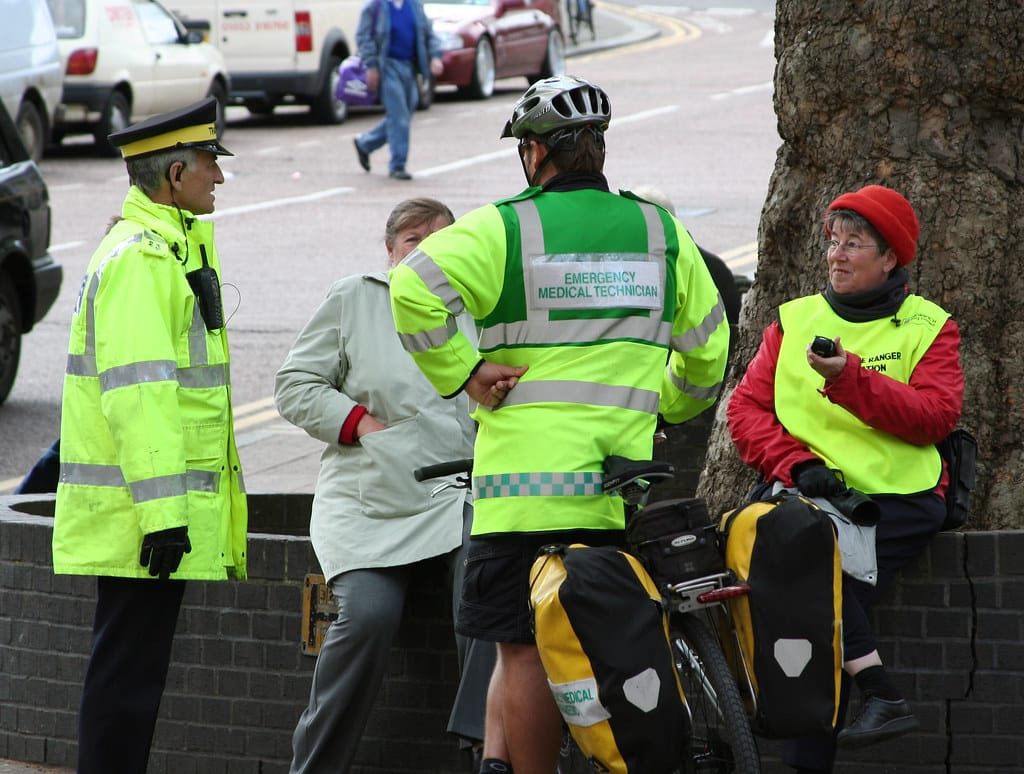 2025 PPE Hot-Selling Categories in Central Asia: A Buyer’s Guide2025年8月12日When I first visited Almaty, Kazakhstan, I was surprised at […]
2025 PPE Hot-Selling Categories in Central Asia: A Buyer’s Guide2025年8月12日When I first visited Almaty, Kazakhstan, I was surprised at […]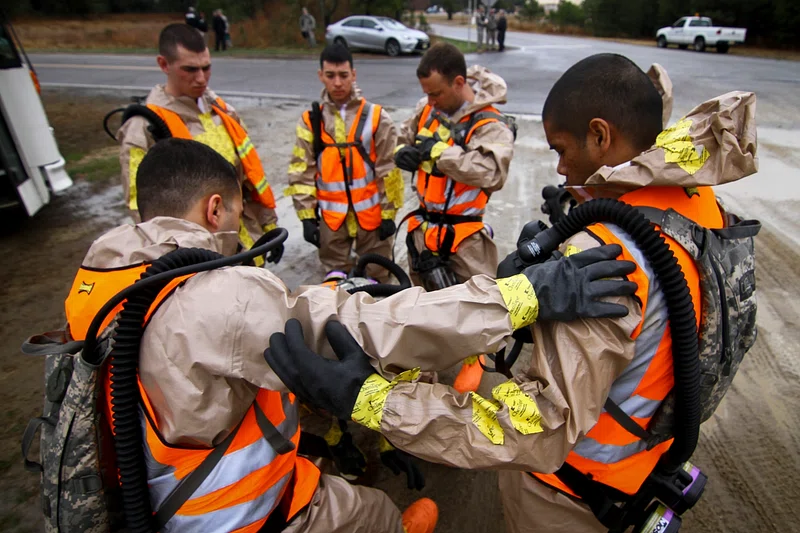 PPE Certification & Compliance: How to Pass Audits Without Delays2025年8月12日I’ve been in sourcing meetings where everyone’s […]
PPE Certification & Compliance: How to Pass Audits Without Delays2025年8月12日I’ve been in sourcing meetings where everyone’s […]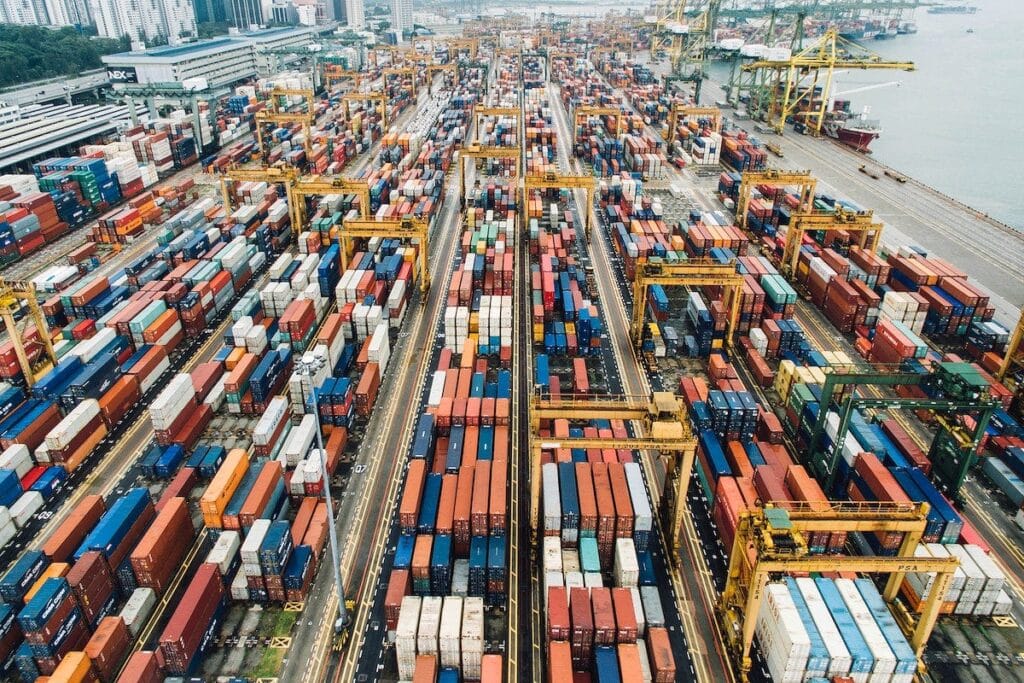 Regional Sourcing Shifts: Where PPE Buyers Are Looking in 20252025年8月12日If you’ve been buying PPE for more than a decade, you’ve […]
Regional Sourcing Shifts: Where PPE Buyers Are Looking in 20252025年8月12日If you’ve been buying PPE for more than a decade, you’ve […]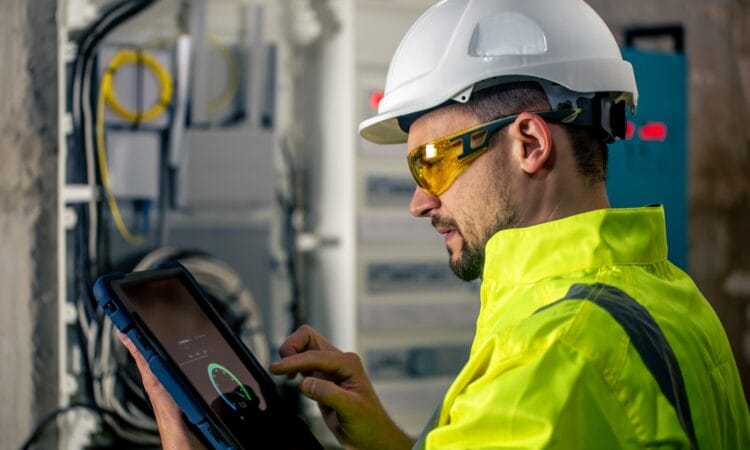 Technology in PPE: How Smart Features Are Changing Buyer Expectations2025年8月9日When I first saw a “smart helmet” at an expo in 2018, I […]
Technology in PPE: How Smart Features Are Changing Buyer Expectations2025年8月9日When I first saw a “smart helmet” at an expo in 2018, I […]
CONTACT US
- Feel free to contact us any time. We will get back to you as soon as we can!
- +86-17330061805
